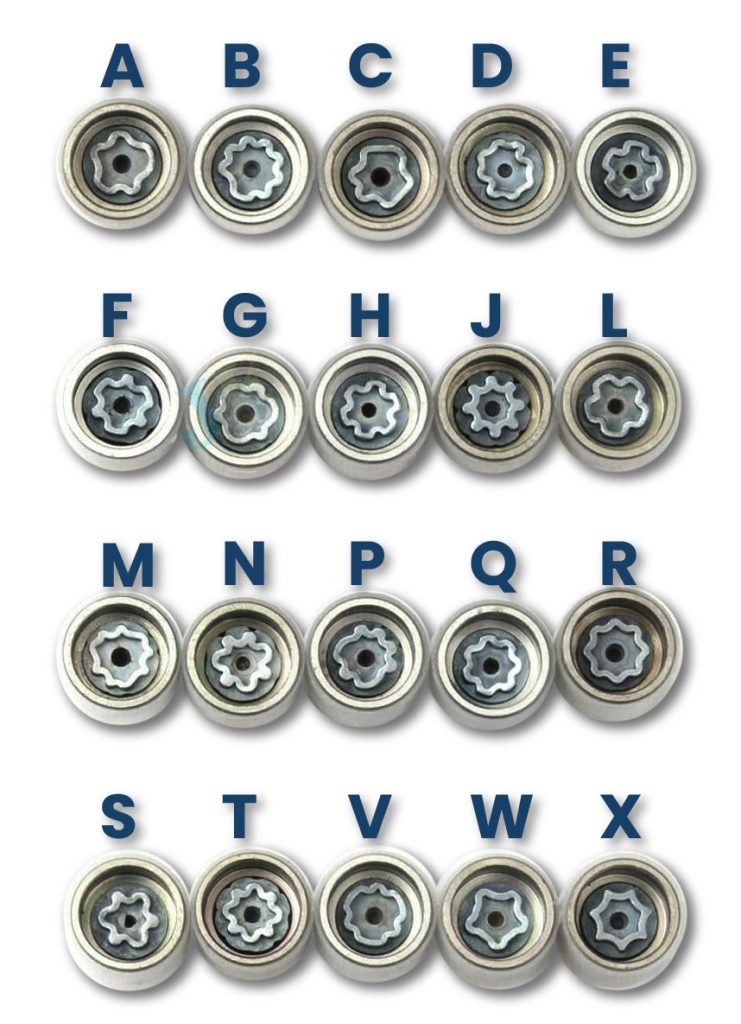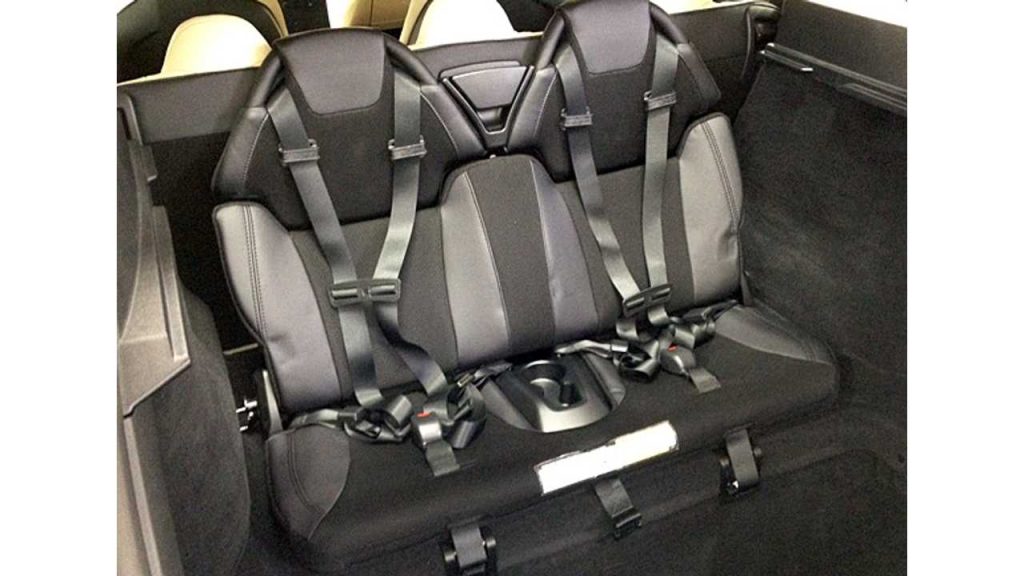Lost or Broke Your Roadster Keyed Lugnut?

The Roadsters came from Tesla with 4 locking keys, one on each wheel. With age, repeated use, and overzealous tire shop techs using impact wrenches (which these were never designed for), the keys eventually break. When they break, finding a replacement is a real challenge, and removing them without a key, is usually a carbide […]
Roadster – Service Manual

MS – 3rd Row Seat
MX – Windshield Assembly (Remove and Replace)

MS – 3rd Row Seat
MX – Parts Catalog

MS – 3rd Row Seat
MX – Headlight – Adjust – North America

MS – 3rd Row Seat
MX – Raising and Supporting the Vehicle

MS – 3rd Row Seat
MX – Camera – Forward Facing (Remove and Replace)

MS – 3rd Row Seat
MX – Applique – Spine – Center (Remove and Replace)

MS – 3rd Row Seat
MX – Sensor – Ultrasonic – Rear Door – LH

MS – 3rd Row Seat
MX – 2nd Row Seat Removal

MS – 3rd Row Seat

